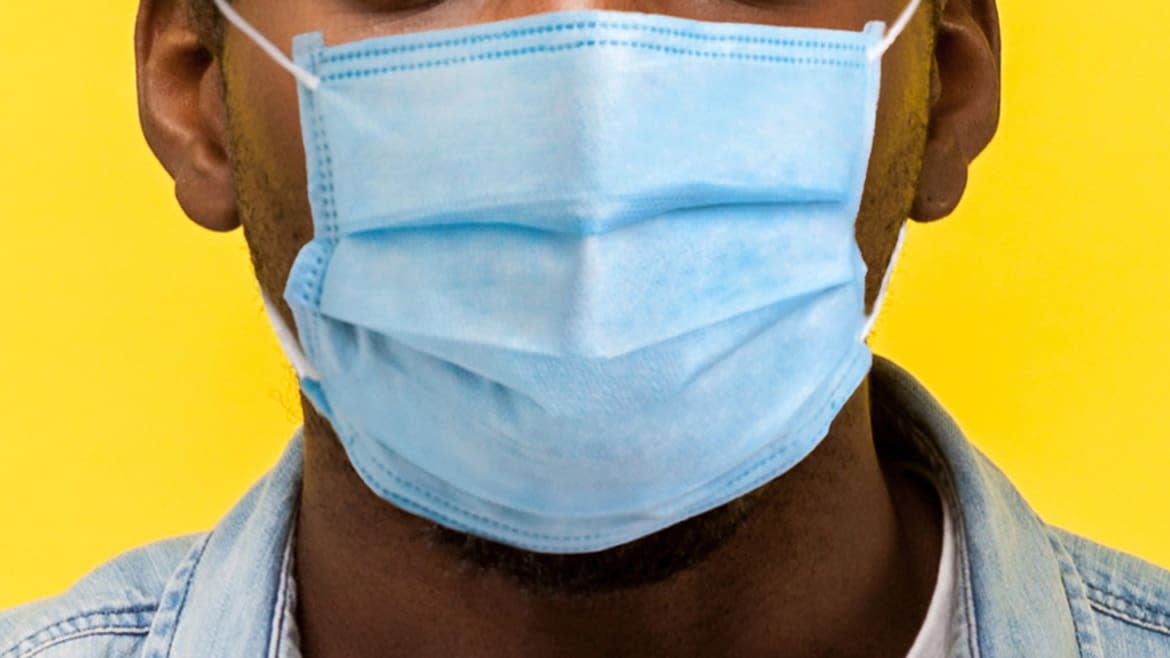Coronavirus Is Hitting Black and Hispanic Americans Harder. CDC Data Shows How Much.

In a new, massive federal survey of novel coronavirus cases in the United States, a report by the Centers for Disease Control and Prevention offers an in-depth breakdown by gender, race, ethnicity, and health factors.
Among 1,320,488 laboratory-confirmed COVID-19 cases considered by the CDC between January 22 and May 30, 2020—of which only 45 percent had race or ethnicity data—33 percent were Hispanic or Latino of any race and 22 percent of infections were among Black Americans, the Morbidity and Mortality Weekly Report released Monday found. For context, those communities account for about 18 percent and 13 percent of the U.S. population, respectively.
The numbers amount to the best evidence yet that the deadly pandemic has had an outsized impact on communities of color.

“These findings suggest that persons in these groups ... are disproportionately affected by the COVID-19 pandemic,” the report said, calling them consistent with previously reported data “that found higher proportions of Black and Hispanic persons among hospitalized COVID-19 patients.”
Of the 287,320 cases with data on underlying health conditions, the most common were cardiovascular disease at 32 percent, diabetes at 30 percent, and chronic lung disease at 18 percent.
Even as officials nationwide have forged ahead with re-openings, more than a dozen states—including Arizona, Arkansas, Oklahoma, North Carolina, South Carolina, California, Florida, and Texas—hit new daily COVID-19 case tally records in recent weeks. As the CDC put it in Monday’s report: “The COVID-19 pandemic is an ongoing public health crisis in the United States that continues to affect all populations and result in severe outcomes, including death.”
And as ProPublica previously reported, environmental, economic, and political factors have for years put Black Americans at higher risk of chronic conditions that overlap with COVID-19 risks, including asthma, heart disease, and diabetes.
Communities of color in every state have had a unique experience of the contagion, and these numbers suggest the outbreak is reflecting glaring health-care inequalities that no vaccine or treatment can cure.
Got a tip? Send it to The Daily Beast here
Get our top stories in your inbox every day. Sign up now!
Daily Beast Membership: Beast Inside goes deeper on the stories that matter to you. Learn more.

 Yahoo News
Yahoo News 
